Handles, often overlooked in their significance, are indispensable components of everyday life, serving as essential tools for opening doors, drawers, cabinets, and more. Beyond their functional role, handles also contribute to the aesthetic appeal and character of furniture pieces, doors, and various household items. Understanding the diverse types, materials, and design considerations of handles is key to selecting the perfect ones for any application.
Materials and Finishes:
- Metal Handles: Metal handles, including stainless steel, brass, copper, and aluminium, are durable, corrosion-resistant, and available in various finishes such as polished, brushed, matte, and antiqued. They lend a sleek, contemporary look to any space and pair well with modern and traditional design styles.
- Wooden Handles: Wooden handles offer warmth, texture, and natural beauty, enhancing the organic appeal of furniture and cabinetry. They can be stained, painted, or left unfinished to showcase the natural grain and character of the wood.
- Plastic Handles: Plastic handles are lightweight, affordable, and available in a wide range of colors, shapes, and designs. They are commonly used in children’s furniture, budget-friendly renovations, and temporary applications.
- Glass Handles: Glass handles add a touch of elegance and sophistication to furniture and cabinetry, with options ranging from clear, frosted, and colored glass to decorative patterns and textures. They create visual interest and light reflection, particularly in contemporary and vintage-inspired interiors.
Design Considerations:
- Functionality: Handles should be ergonomic and easy to grip, ensuring smooth and effortless operation, especially for high-traffic areas and heavy doors or drawers.
- Proportion and Scale: Handles should be proportionate to the size and scale of the door, drawer, or furniture piece they adorn. Oversized handles can overpower smaller items, while undersized handles may be difficult to use and visually unbalanced.
- Coordinated Design: Handles should complement the overall design theme and aesthetic of the space, coordinating with other hardware, fixtures, and finishes for a cohesive and harmonious look.
- Installation: Proper installation of handles is essential for functionality and longevity. Handles should be securely attached using appropriate screws or fasteners, with consideration for alignment, spacing, and symmetry.
Conclusion: Handles are versatile design elements that combine functionality with style, enhancing the usability and aesthetic appeal of doors, drawers, cabinets, and furniture pieces. By selecting handles that reflect personal taste, suit the design context, and meet functional requirements, homeowners, designers, and architects can elevate the visual impact and functionality of any space, creating environments that are both beautiful and practical.
At DCM we work based on the category of products. If you are interested in any category and would like to discuss ordering, please contact DCM experts. We have capable specialists who can calculate the scale of your project and estimate your requirements to provide you with premium tailor-made solutions at competitive prices.

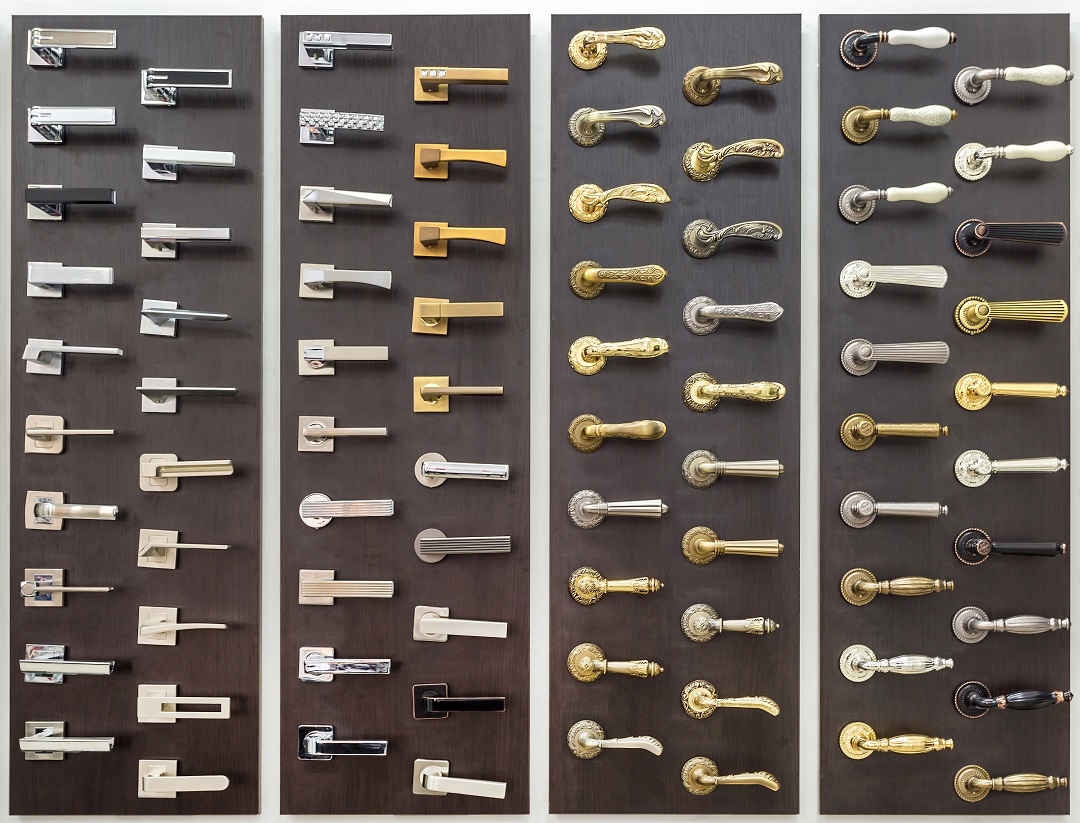
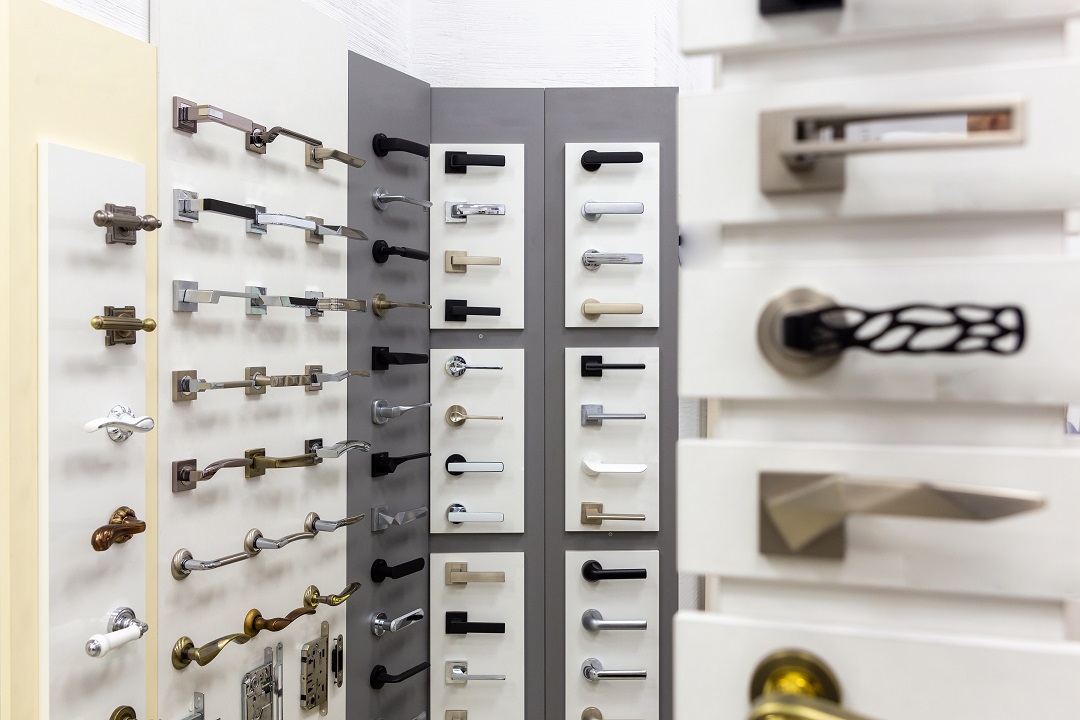
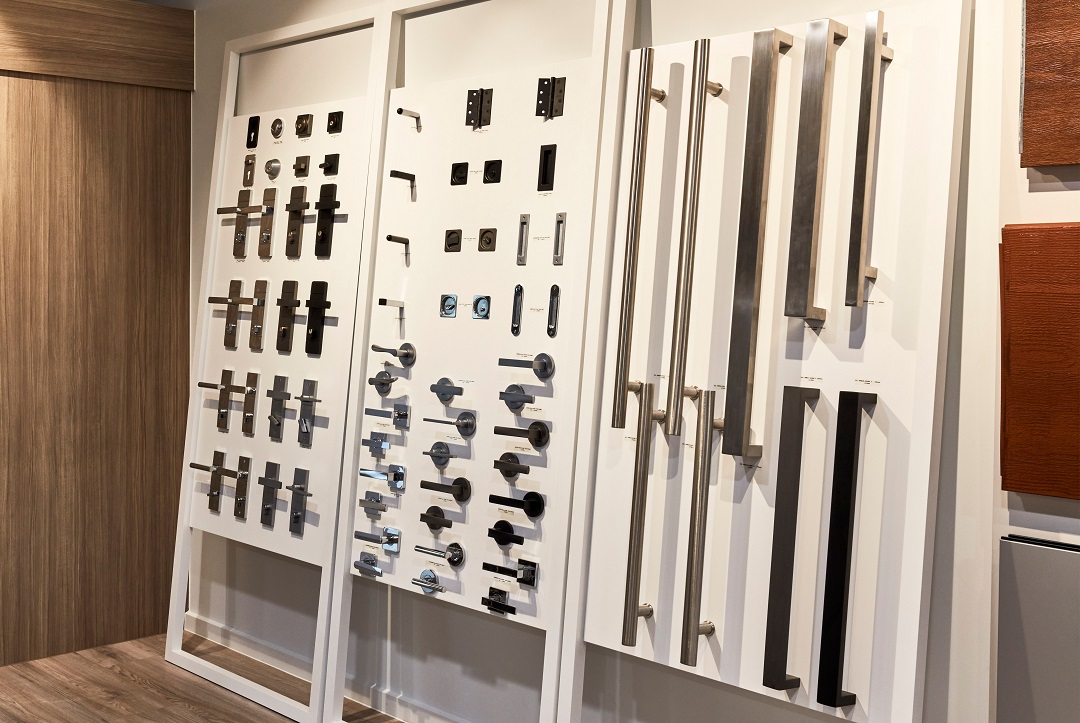



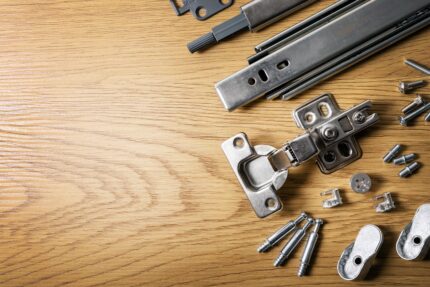
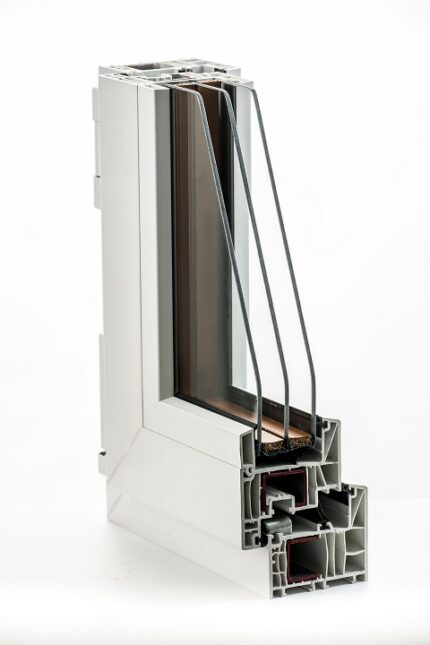



Reviews
There are no reviews yet.